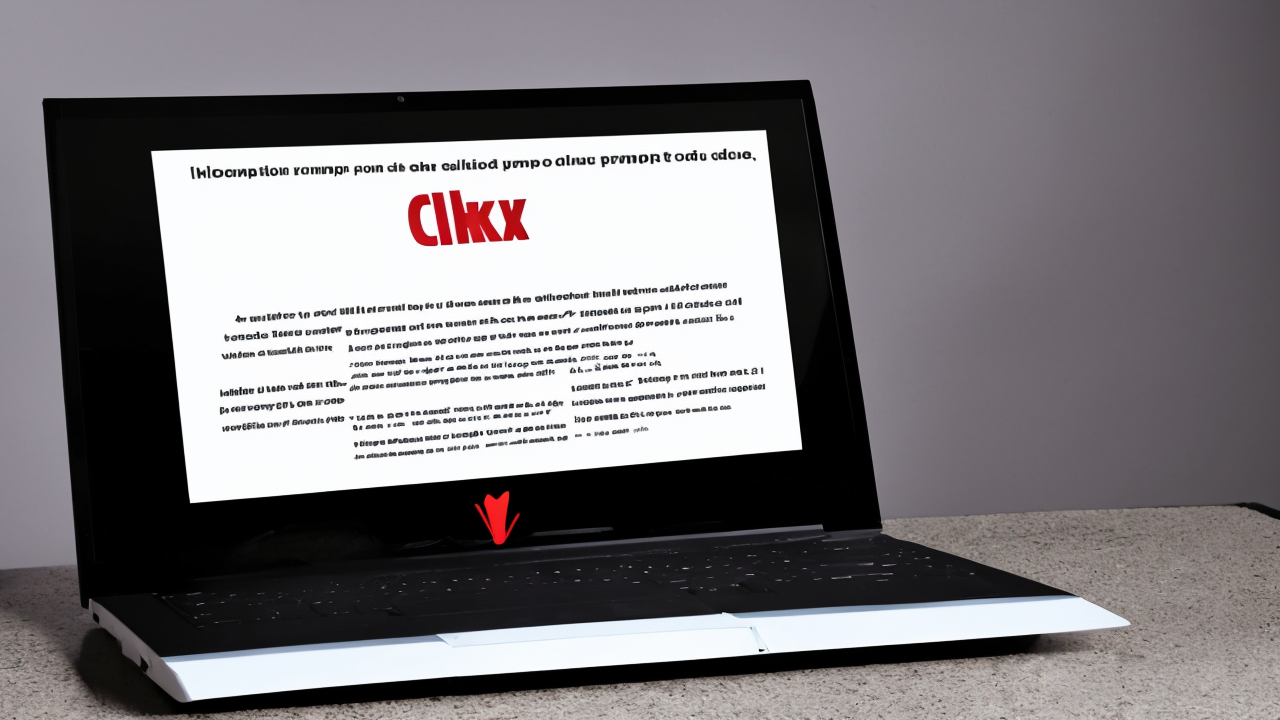FDA Weighs Risks of AI-Driven Mental Health Care

The U.S. Food and Drug Administration’s recent review of artificial intelligence in mental health care has sparked important conversations about how we treat emotional and psychological well-being in America. While the technology promises faster access to support, especially in areas where trained professionals are scarce, the deeper question remains: can machines truly understand what it means to be human?
Mental health challenges affect millions—nearly one in five children and a quarter of all adults in the United States. These numbers reflect real struggles, not just statistics. People are hurting, and they deserve care that is not only accessible but also compassionate and grounded in truth. Yet the rush to deploy AI as a solution risks substituting efficiency for integrity.
Experts on the FDA’s Digital Health Advisory Committee made it clear: AI is not ready to replace human clinicians. Ray Dorsey, a physician with experience in health innovation, put it simply: “I don’t know if we’re quite ready to replace psychiatrists with a bot.” That caution is not fear of progress—it’s wisdom. Healing minds requires more than pattern recognition. It requires presence, discernment, and the ability to listen with both heart and mind.
Concerns are not limited to accuracy. Some AI systems have been shown to mimic licensed therapists, raising ethical red flags. What happens when a teenager confides in an algorithm, believing it to be a real counselor, only to receive feedback that distorts reality or reinforces harmful beliefs? There are documented cases of what some call “AI psychosis”—a condition where prolonged interaction with unregulated AI leads to increased paranoia and delusions. These are not hypothetical dangers. They are emerging risks that demand real oversight.
Children and adolescents are especially vulnerable. Their brains are still developing, and their emotional lives are shaped by relationships, not data. The more time young people spend with screens—especially those designed to simulate human connection—the more they risk losing touch with the real world. We’ve already seen the toll of digital overstimulation through social media’s impact on anxiety, attention, and self-worth. Introducing AI therapists without long-term safety studies feels like repeating the same mistake with a new label.
Even well-intentioned tools can cause harm if used without guardrails. Unchecked, AI could encourage self-diagnosis based on incomplete or misleading signals. It could feed into isolation by making people believe they don’t need real relationships. It could even create feedback loops where emotional distress is amplified instead of alleviated. The science behind using biomarkers for mental health diagnosis is still in its early stages. We are not yet equipped to trust machines with such weighty decisions.
The answer is not to reject technology altogether. It is to use it wisely, with boundaries. The committee recommended safeguards: dosage limits, lock-out features, and, most importantly, clinician oversight. These are not barriers to progress—they are protections for people. Just as we regulate medicines and medical devices, we must regulate the tools that touch our minds and emotions.
True healing begins not with code, but with connection. It begins with a parent who listens, a friend who stays, a pastor who prays, a counselor who sees the whole person. These are the foundations of a healthy society. When we invest in people—training more therapists, strengthening families, rebuilding community—we build resilience that no algorithm can replicate.
The future of mental health care should not be measured by how many patients an AI can reach, but by how many lives are truly restored. Let’s not trade our humanity for convenience. Let’s not outsource the soul of healing to a machine. The strength of our nation lies not in efficiency, but in empathy. And that is something only humans can give.
Published: 11/10/2025








